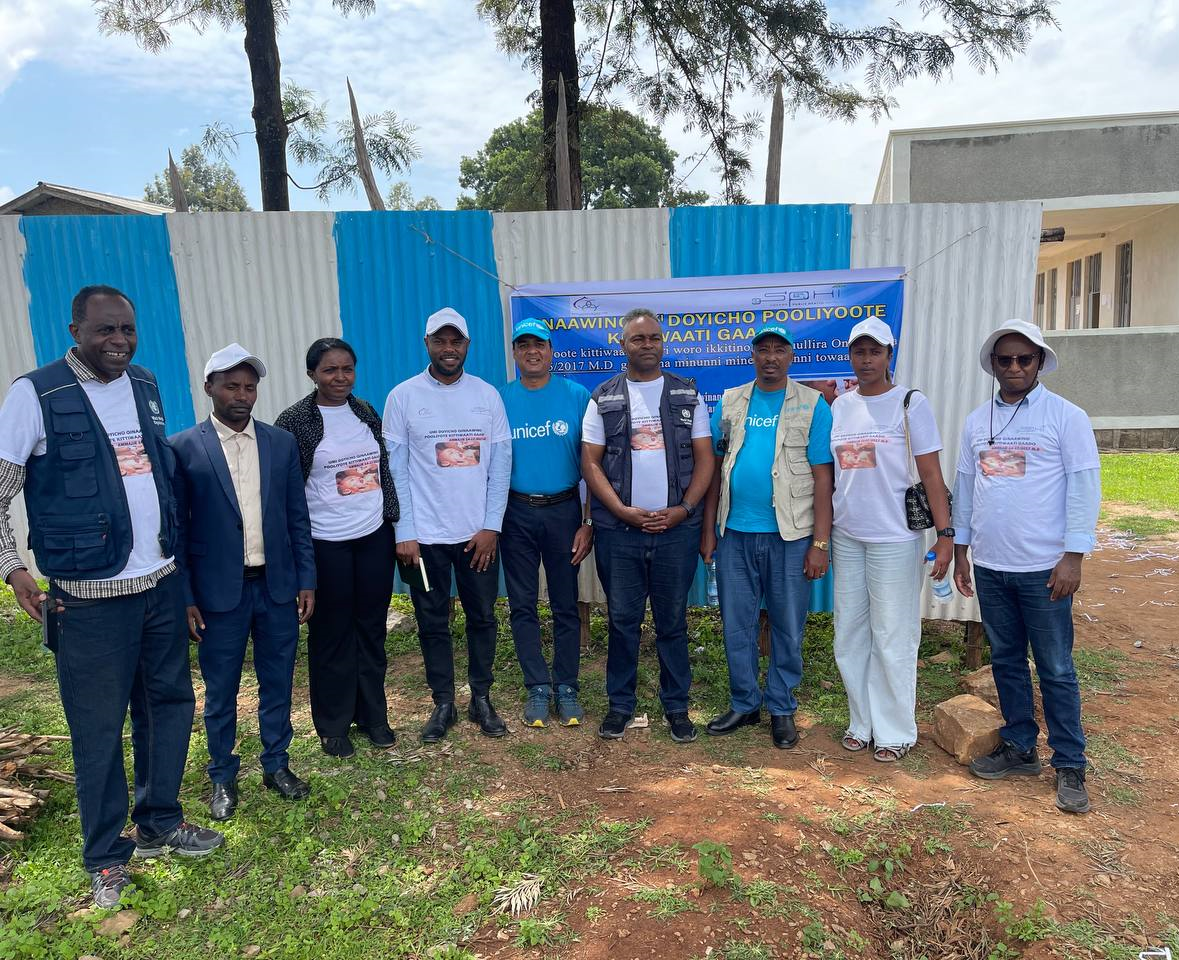Public health officials in Ethiopia can rest a little easier now that the new polio vaccine (nOPV2) has been successfully administered to 14.5 million children under the age of five across 10 regions of the country. The 2025 vaccination campaign also encompassed broader public health initiatives including monitoring disease patterns and holding community health screenings. The Global One Health initiative supported the planning and implementation of the campaign.
The campaign met 104% of its target vaccination goal. Key activities included microplanning support, on-site monitoring of mobile vaccination teams, assessment of vaccine cold chain logistics and oversight of mobilizing communities to address public health issues. The campaign also incorporated public health initiatives such as identifying zero-dose and unvaccinated children, screening for individuals who may have weakness or paralysis in limbs (Acute Flaccid Paralysis), monitoring adverse effects following immunization, identifying and treating anyone with symptoms of Mpox and providing support for obstetric fistula screenings within communities.
Despite the overall success of the vaccination campaign, challenges such as limited community awareness in remote areas, delays in daily reporting due to weak internet connectivity in some areas, and logistical issues in hard-to-reach kebeles (neighborhoods) were noted. The campaign highlighted the importance of strengthening community engagement, improving real-time reporting, and reinforcing Mpox surveillance systems especially following confirmed cases identified during the campaign.
This integrated approach demonstrates the potential for coordinated public health responses to not only control polio but also to strengthen broader disease surveillance and healthcare service delivery in underserved communities.
